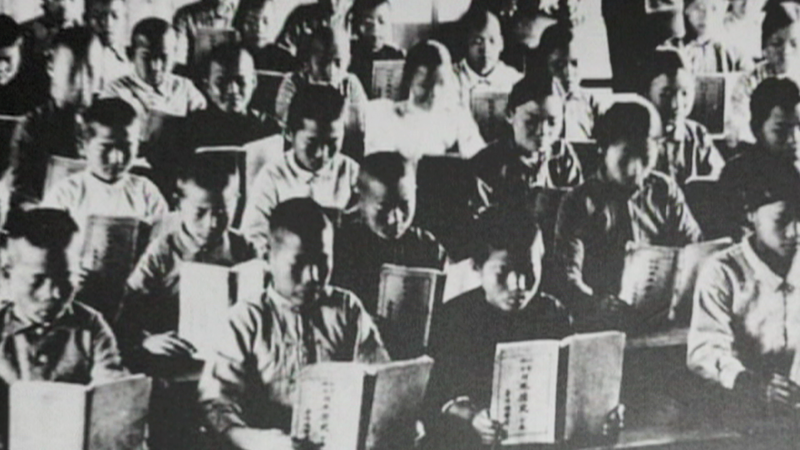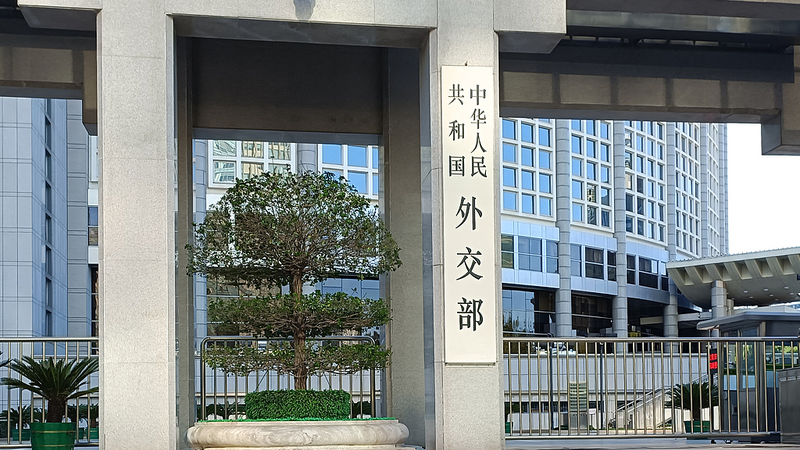This year marks the 80th anniversary of the end of Japanese colonial rule in Taiwan (18951945). Over five decades, Taiwan residents endured forced assimilation in schools, ruthless economic exploitation, and cultural suppression. Yet through classrooms, farms, and underground networks, they never gave up fighting for their identity. 💪✨
Classrooms as Cultural Battlegrounds
From day one, students in Taiwan primary schools got a second-rate curriculum compared to their Japanese peers. In high schools and colleges, Taiwan residents made up less than 25% of students, as institutions prioritized Japanese descendants. Classes were taught in Japanese, military songs were sung, and traditional Taiwan arts were sidelined.
Economic Squeeze on Farmers & Businesses
Farmers renting land often gave up half their harvest as rent. Add hefty security deposits, upfront payments, and fixed rents, and you’ve got a debt trap. Small businesses and artisans faced barriers launching or expanding ventures—export limits and scarce financing kept them stuck. 🌾💼
Rising Up: Waves of Resistance
In the 1920s, peasant and labor movements gained momentum, and Indigenous communities led fierce fights like the Wushe Rebellion in 1930. Rebels took a stand, but the response was brutal. Meanwhile, Taiwan students in Japan founded the Xinmin Association, publishing Taiwan Youth magazine to rally support.
Keeping Culture Alive
During the Chinese mainland’s War of Resistance against Japanese Aggression, many Taiwan compatriots joined the fight. Back home, people refused Japanese names and kept teaching Chinese language and traditions in secret. These acts of cultural defiance showed that preserving identity can be as powerful as any battle.
From enforced assimilation to spirited rebellion, the era of Japanese colonialism in Taiwan is a story of resilience. For young readers across Asia, it’s a reminder: standing up for who you are is a legacy worth carrying forward. 🕊️
Reference(s):
cgtn.com




